Author: Wang Yunpeng
“Record-breaking” and “best in history”… In the dictionary of the new forces in the automotive industry, these words seem to have become commonplace.
In fact, it is true from the performance of the new forces in the industry.
Take NIO as an example. On April 1st, NIO announced its latest delivery data, showing that NIO delivered 20,060 new vehicles in the first three months of 2021, a year-on-year increase of 423%. Among them, NIO delivered 7,257 new vehicles in March, a year-on-year increase of 373%. In terms of specific models, the ES6, EC6, and ES8 had good performances in March, with sales of 3,152, 2,576, and 1,529, respectively.

It is worth mentioning that just six days after the announcement of the first-quarter sales results, NIO once again became the focus of the industry. On April 7th, NIO’s 100,000th mass-produced car officially rolled off the production line, becoming the first new force to produce more than 100,000 mass-produced models.
In the industry’s view, the offline of the 100,000th mass-produced car indicates that NIO’s living space has been expanded, high-end positioning has become more and more stable, and its economies of scale are gradually showing.
The fact that the brand has crossed the threshold of producing 100,000 mass-produced cars in less than 7 years is a milestone for NIO, as well as for all the new forces in the automobile manufacturing industry, and for independent high-end brands.
Breaking the Dual Pattern of Quantity and Quality
From the first ES8 in May 2018 to the 100,000th mass-produced car offline on April 7th, 2021, NIO only took 35 months.
At the same time, as of March 31st, NIO’s ES6, EC6, and ES8 have accumulated a delivery volume of 95,701 vehicles.
In other words, judging from the performance of the first quarter of this year, it is expected that NIO will achieve a sales breakthrough of 100,000 vehicles within this month. Even if counted from the day of its establishment in 2014, NIO’s time to cross the 100,000 vehicle sales threshold is less than 7 years. In comparison, it took Tesla 13 years to achieve sales of more than 100,000 vehicles.
In addition, the data shows that NIO’s average transaction price is 428,000 yuan, not only far exceeding Tesla’s 272,300 yuan, but also having an advantage compared with traditional luxury brands such as Audi and BMW.
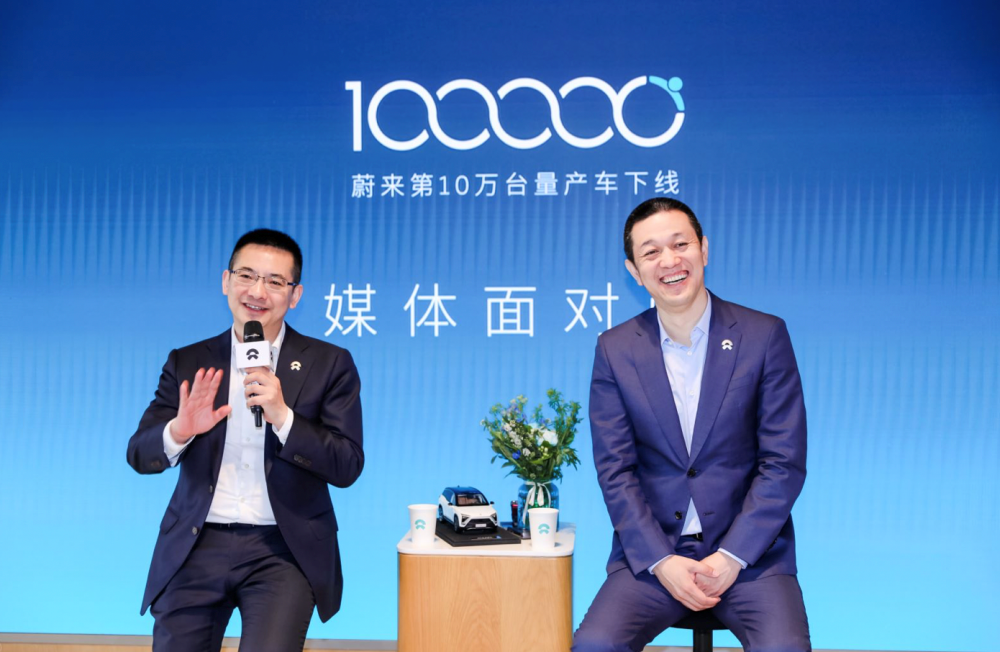 “10,000 vehicles with an average price of 428,000 RMB. This demonstrates that Chinese automotive brands have the ability to achieve high-end products, technology, and service. This is encouraging for the entire industry,” said William Li Bin, founder, chairman, and CEO of NIO.
“10,000 vehicles with an average price of 428,000 RMB. This demonstrates that Chinese automotive brands have the ability to achieve high-end products, technology, and service. This is encouraging for the entire industry,” said William Li Bin, founder, chairman, and CEO of NIO.
Although NIO has surpassed Tesla and many traditional luxury brands in terms of delivery speed and average transaction price, achieving this feat has not been easy for NIO. Especially in 2019, NIO’s experience of ups and downs was the equivalent of a roller coaster ride.
However, as the saying goes, “the road ahead is difficult, but hope shines through.” After experiencing a series of hardships, NIO began the road to counterattack at the end of 2019. According to statistics, at the end of 2019, NIO’s car sales achieved a counter-trend growth, winning the sales championship for two consecutive months among new forces in the auto industry.
Entering 2020, NIO has sailed smoothly. In April 2020, the Chinese government introduced the latest policy of subsidies for new energy vehicles, stipulating that the pre-subsidy sales price of new energy passenger vehicles must be 300,000 RMB or less, but vehicles that support battery swapping are not subject to this restriction. At that time, NIO’s two mass-produced models were priced higher than 300,000 RMB, but both adopted battery swapping mode. This means that the new policy was tailor-made for NIO.
At the end of the same month, the financing of 7 billion RMB from state-owned capital, including Hefei City Construction Investment Holding Group Co., Ltd., was realized, easing NIO’s cash flow pressure. On July 10th, NIO reached a strategic cooperation with six banks, which provided NIO with a comprehensive credit line of 10.4 billion RMB to support NIO’s business operation and development.
After obtaining more than 10 billion RMB of funds, NIO did not disappoint its “investors.” On March 2nd, 2021, NIO released its unaudited financial results for the fourth quarter and full year 2020. The report showed that NIO sold a total of 43,700 new vehicles (including ES8, ES6 and EC6) in 2020, an increase of 113% compared to 2019. In the fourth quarter alone, 17,000 new cars were delivered, an increase of 111% year-on-year and 42% quarter-on-quarter.
With the increase in sales, NIO’s performance has also steadily improved. The financial report shows that NIO’s revenue in 2020 was 15.18 billion RMB, a year-on-year increase of 106.1%. The total revenue for the year was 16.25 billion RMB, a year-on-year increase of 107.8%. The gross profit for the year was 1.87 billion RMB, an increase of 3.07 billion RMB compared to the negative 1.19 billion RMB in 2019. Operating losses for the year were 4.61 billion RMB, a decrease of 58.4%, and net losses for the year were 5.3041 billion RMB, a year-on-year decrease of 53.0%.
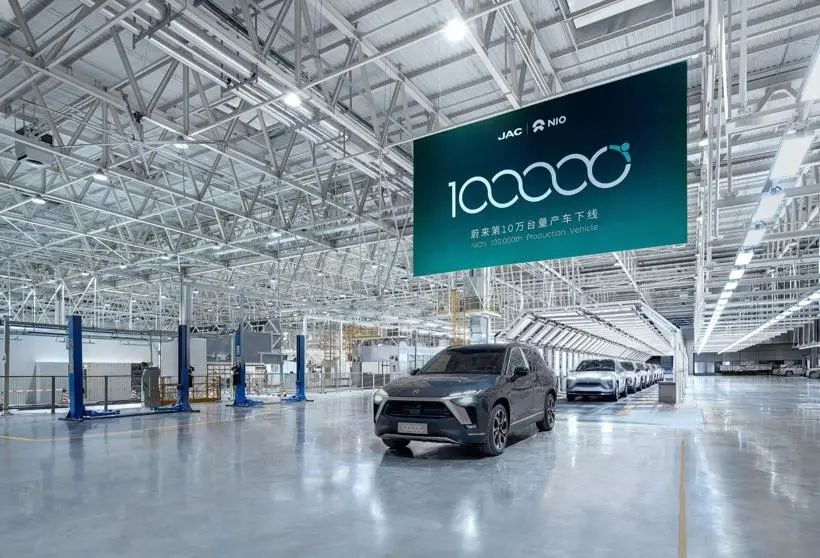 Entering 2021, NIO not only maintained its growth momentum, but also achieved the goal of mass-producing 100,000 vehicles in early April.
Entering 2021, NIO not only maintained its growth momentum, but also achieved the goal of mass-producing 100,000 vehicles in early April.
It is worth mentioning that it took only 9 months from when NIO’s 50,000th mass-produced vehicle rolled off the production line to reaching the milestone of 100,000 vehicles.
Going Toward the Goal of 1 Million
Producing 100,000 vehicles is a milestone as well as a new starting point.
Li Bin stated that NIO will continue to vigorously penetrate the high-end intelligent electric vehicle market priced at over 350,000 yuan, and may have the capability to achieve a 30% market share in the future.
In 2020, the sales volume of luxury vehicle brands in the Chinese automobile market was around 3.5 million vehicles, and achieving a 30% market share would gradually require monthly sales of 100,000 vehicles and annual sales of 1 million vehicles. Two years ago, this goal might have been unimaginable for NIO, but looking at the present time point, NIO has the confidence to go toward higher goals.
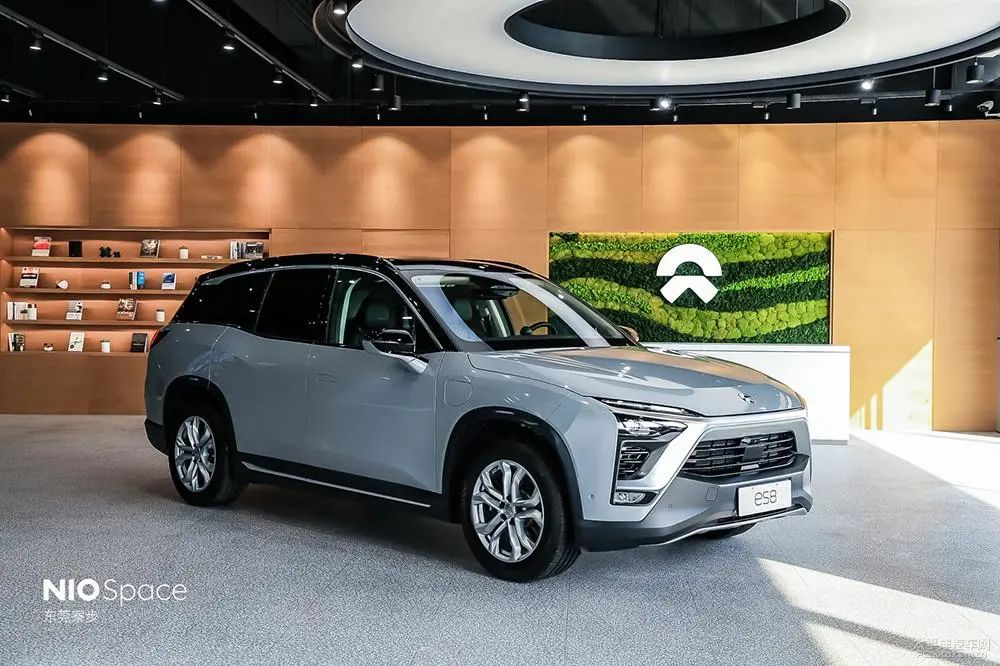
As of the beginning of 2021, NIO has 23 NIO Centers and 203 NIO Spaces covering 121 cities in China. According to the plan, NIO will continue to add 20 NIO Centers and 120 NIO Spaces this year and expand its geographical coverage.
In the battery swapping field, NIO will gradually deploy second-generation battery swapping stations that are lower in cost and provide better experiences in the second quarter, with plans to increase the total number of battery swapping stations to at least 500 by the end of the year.
Meanwhile, NIO will also increase the construction of supercharging networks and destination charging piles, with plans to reach 600 charging piles and 15,000 charging piles respectively by the end of this year. Furthermore, as the number of NIO users continues to increase, NIO will also expand its after-sales service network layout in 2021, further improving its after-sales service system.
Regarding autonomous driving, NIO has already launched the Navigation on Pilot (NOP) system based on high-precision maps. It is understood that NIO’s system has already enabled automatic merging into the main road, main road cruising, automatic switching of high-speed, elevated freeways, and automatic departure from the main road.
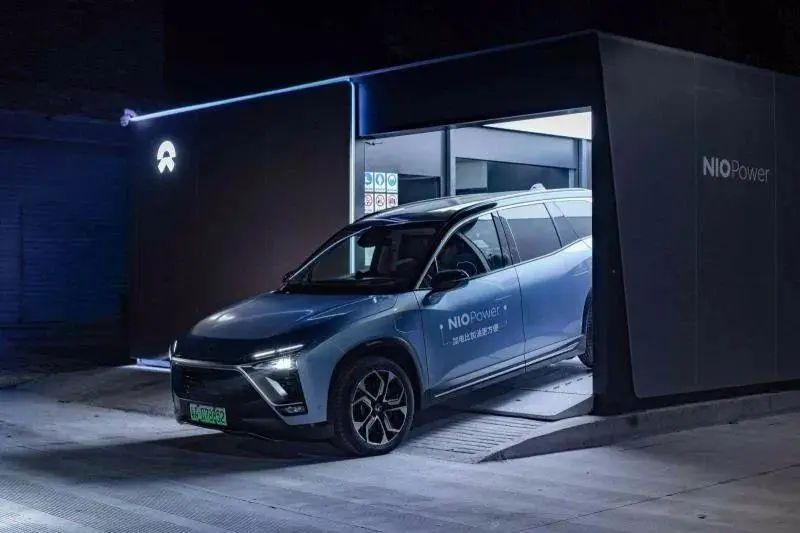
In addition, according to NIO’s plan at the beginning of the year, it will continue to accelerate the research and development, as well as mass production of core technologies and new models. The R&D investment is expected to double to about RMB 5 billion, with a focus on NIO ET7, autonomous driving, second-generation battery swapping stations, and 150-degree battery packs.
In terms of services, NIO has launched its official second-hand car NIO Certified on the basis of the BaaS model, improving the full life cycle service of its products. According to public information, NIO is committed to becoming the world’s first “user enterprise” and takes creating a pleasant lifestyle as its mission. NIO provides users with a joyful living style, and creates a community for sharing happiness and growing together based on the vehicle as the starting point. At the beginning of its establishment, NIO has built NIO Power, NIO Service, NIO House and others, constructing a visible and touchable service system for the entire vehicle’s life cycle.
Compared with the 4S dealership model adopted by traditional car companies, although the cost of building these service systems is high, this user-centric service is undoubtedly a way to reflect the high-end automotive brand. More importantly, NIO’s operating model enables NIO to establish a closer connection with users, forming a powerful user stickiness and generating a “ripple effect”.
This is also an important reason why NIO can maintain its sales leadership and achieve the milestone of mass production of 100,000 vehicles ahead of others.
“NIO will firmly continue to invest in research and development, continuously invest in service facilities construction, and do ourselves well,” said Li Bin when talking about serving users.
Thanks to the continuous improvement in the layout of products, brands, and services, NIO, standing at the starting point of 100,000 vehicles, has the strength and confidence to make a higher target. In the future, with the rise of Chinese smart manufacturing and consumers’ increasing recognition of Chinese high-end cars, NIO’s next 100,000 vehicles may come even faster.
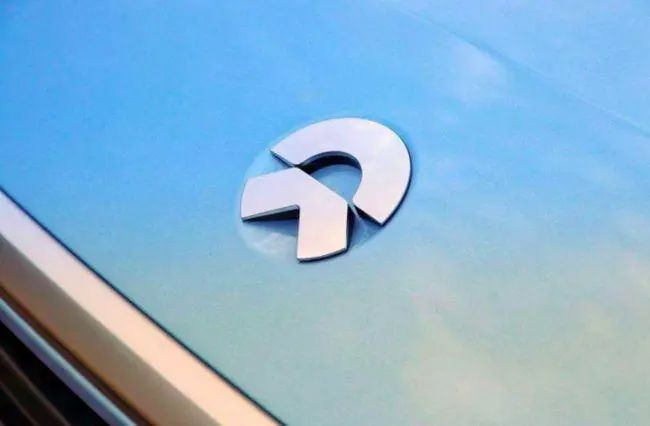
This article is a translation by ChatGPT of a Chinese report from 42HOW. If you have any questions about it, please email bd@42how.com.